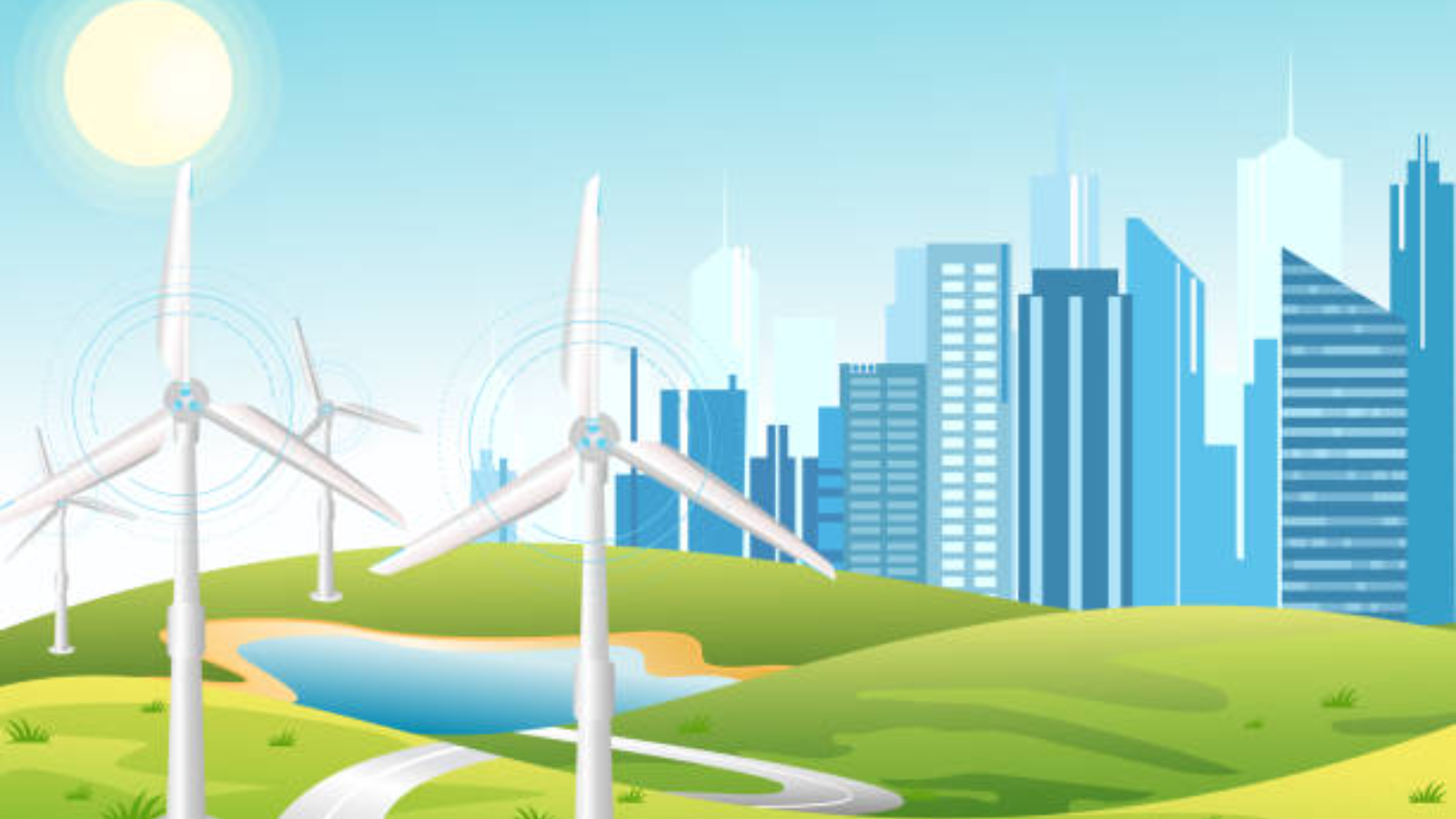In this Article
Introduction
A smart city leverages technology and data to enhance the efficiency of services, improve the quality of life for its residents, and promote sustainable development. From intelligent transportation systems to smart energy grids, the components of a smart city work in harmony to create a more livable, efficient, and sustainable urban environment.
This article will explore the seven key components that are integral to the functioning of a smart city.
Key Components of a Smart City
1. Smart Infrastructure
Smart infrastructure forms the backbone of any smart city. This includes advanced buildings, roads, and utilities that are interconnected and equipped with sensors to collect data and optimize performance.
- Intelligent Transportation Systems: These systems use real-time data to manage traffic flow, reduce congestion, and improve public transportation efficiency.
- Smart Grids: These are electricity networks that use digital technology to monitor and manage the production and distribution of electricity, ensuring optimal energy use.
- Water Management Systems: Smart water management systems use sensors and data analytics to monitor water quality and distribution, reducing waste and ensuring a reliable supply.
2. Smart Governance
Smart governance involves the use of technology to improve the efficiency and transparency of government services. This includes e-governance platforms that allow citizens to access services online and participate in decision-making processes.
- E-Government Services: These platforms enable citizens to access a wide range of services online, from paying bills to applying for permits.
- Citizen Engagement Tools: These tools allow residents to participate in governance by providing feedback and reporting issues through mobile apps and online platforms.
- Data-Driven Decision-Making: Governments use data analytics to make informed decisions, improving the efficiency and effectiveness of public services.
3. Smart Environment
A smart city prioritizes sustainability and environmental conservation. This involves the use of technology to monitor and manage natural resources, reduce pollution, and promote green practices.
- Air Quality Monitoring: Sensors are used to monitor air quality in real time, allowing for quick responses to pollution incidents.
- Waste Management Systems: Smart waste management systems use data to optimize collection routes and recycling processes, reducing waste and improving efficiency.
- Renewable Energy Integration: Smart cities promote the use of renewable energy sources, such as solar and wind power, to reduce carbon emissions and dependence on fossil fuels.
4. Smart Economy
A smart economy leverages technology to promote innovation, entrepreneurship, and economic growth. This includes the use of digital platforms to support businesses and the development of smart industries.
- Digital Marketplaces: Online platforms that connect buyers and sellers, promoting e-commerce and supporting local businesses.
- Innovation Hubs: Physical and virtual spaces that provide resources and support for startups and entrepreneurs.
- Smart Manufacturing: The use of advanced technologies, such as IoT and AI, to improve the efficiency and productivity of manufacturing processes.
5. Smart Mobility
Smart mobility focuses on creating efficient, sustainable, and accessible transportation systems. This includes the use of technology to improve public transportation, reduce traffic congestion, and promote alternative modes of transport.
- Public Transportation Systems: Real-time data is used to optimize routes and schedules, improving the efficiency and reliability of public transportation.
- Shared Mobility Services: Platforms that facilitate car-sharing, bike-sharing, and ride-hailing services, reducing the need for private car ownership.
- Electric and Autonomous Vehicles: Promoting the use of electric and autonomous vehicles to reduce emissions and improve road safety.
6. Smart Living
Smart living encompasses the use of technology to improve the quality of life for residents. This includes smart homes, healthcare, and education systems that enhance convenience, safety, and well-being.
- Smart Homes: Homes equipped with smart devices that allow residents to control lighting, heating, and security systems remotely.
- Telemedicine Services: The use of digital platforms to provide healthcare services remotely, improving access to medical care.
- Digital Education Platforms: Online learning platforms that provide access to educational resources and support lifelong learning.
7. Smart People
The success of a smart city ultimately depends on its residents. Smart people are engaged, educated, and empowered to use technology to improve their lives and communities.
- Digital Literacy Programs: Initiatives that provide residents with the skills and knowledge needed to use digital technologies effectively.
- Community Engagement Platforms: Tools that facilitate communication and collaboration among residents, promoting civic participation and community building.
- Lifelong Learning Opportunities: Programs that support continuous education and skill development, ensuring residents can adapt to changing technologies and job markets.
Conclusion
The components of a smart city work together to create a more efficient, sustainable, and livable urban environment. By leveraging technology and data, smart cities can improve the quality of life for their residents, promote economic growth, and protect the environment. As urbanization continues to rise, the development of smart cities will be crucial in addressing the challenges of the 21st century.
How Can We Help?
At AlphaX, we understand the complexities and challenges involved in developing smart cities. Our comprehensive ecosystem offers solutions that address each of the key components discussed in this article. From smart infrastructure to digital literacy programs, we provide the tools and expertise needed to transform urban environments into thriving smart cities. To learn more about how we can help, visit our contact page.
References
Related Blog Posts
How Smart Cities Connect: Getting Started with Edge AI and IoT Technology
How to Get Started with Edge AI and IoT Technologies in Smart Cities: Overcoming Integration Challenges In recent years, the concept of smart cities has evolved from a futuristic Read More
5 Step Strategy: Ensuring Security and Privacy in 15-Minute Smart Cities
Introduction Ensuring security and privacy in 15-minute smart cities is a critical challenge as urban areas become increasingly connected through IoT and edge AI technologies. These cities aim to Read More
What is a smart city and the challenge of legacy systems
How to Get Started with Integrating Legacy Systems in Smart Cities Smart cities are transforming urban landscapes by leveraging technology to improve the quality of life for residents. However, Read More




